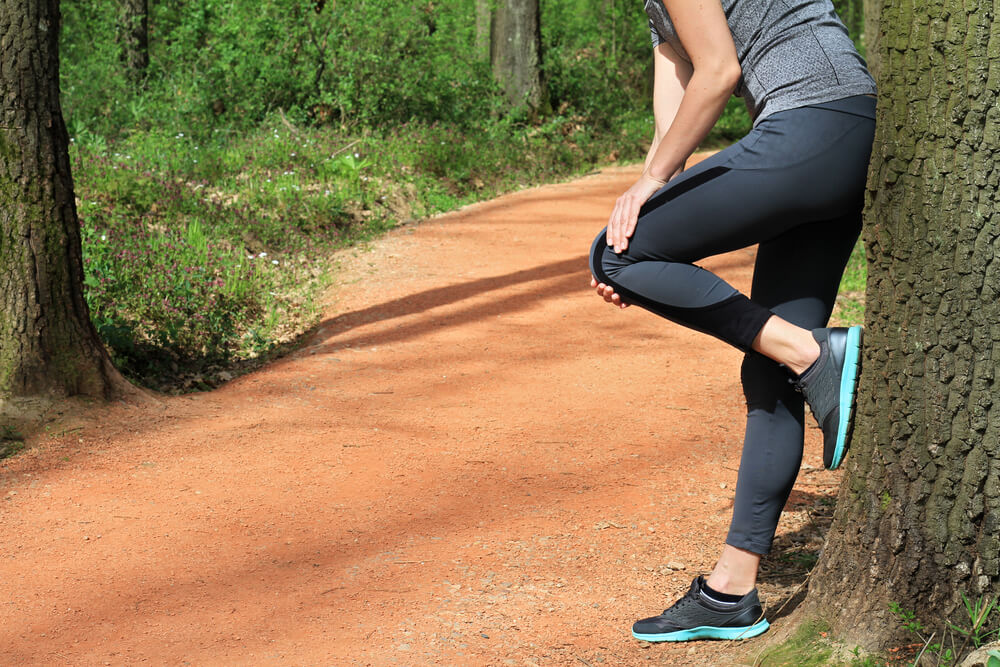The knee joint is a vital part of your body for movement. It is made up of the thighbone (femur), the kneecap (patella), the shinbone (tibia), muscles and tendons. People who frequently participate in sports or activities that involve a lot of jumping and landing can experience jumper’s knee pain.
What is jumper’s knee?
Jumper’s knee, patellar tendinitis or quadriceps tendinitis, is an overuse injury of the patellar or quadriceps tendons in the knee. Jumper’s knee is most common in athletes who participate in sports or activities that involve a lot of jumping and landing, like basketball, volleyball, track and field (high jump), soccer, and gymnastics.
What are the symptoms of jumper’s knee?
People experiencing jumper’s knee have pain when climbing the stairs, walking, running, jumping, kneeling or squatting. Going up stairs can be more painful than going down stairs.
Jumper’s knee pain can be similar to other conditions, and symptoms may not present the same in everyone. Symptoms of jumper’s knee can include:
- Tenderness or pain around the patellar tendon or quadriceps tendon.
- Swelling in the knee.
- Tenderness or pain under the kneecap.
- Pain when moving the knee.
- Bruising or redness of the knee can occur in extreme cases of jumper’s knee.
What are treatments for jumper’s knee?
Once you have been diagnosed with jumper’s knee, you may be prescribed physical therapy for treatment. A physical therapist may use one or a combination of modalities to help treat your jumper’s knee. Physical therapy techniques may include:
- Hydrotherapy — Hydrotherapy can be a beneficial low-impact treatment for strengthening exercises without the added stress or risk of worsening your injury. Gentle movements can help improve the knee’s range of motion and mobility.
- Dry needling — Dry needling is an instrument-assisted technique certified physical therapists use. Thin, sterile needles are inserted into the skin close to the affected tendon. This technique can help relieve pain, improve mobility and reduce muscle tension.
- Manual therapy — Your physical therapist may use manual therapy techniques such as soft tissue mobilization and joint mobilization to guide stretches and deep pressure on soft tissue to help relieve pain and to help improve the range of motion and mobility of the knee.
- Cold therapy — Jumper’s knee is caused by inflammation of the patellar or quadriceps tendons. Cold therapy can be used to help reduce inflammation and help relieve pain. If cold therapy is recommended, your therapist will give you guidelines for at-home treatment.
5 physical therapy exercises for jumper’s knee
Your physical therapist may also teach you exercises to practice in the clinic or at home to aid your jumper’s knee rehabilitation further. They will advise you on how many repetitions to complete for each exercise. Physical exercises for jumper’s knee can include:
- Standing hamstring stretch — It is essential to stretch carefully, so as not to strain your back. Using a single-step stool, place the heel of the affected leg on the stool, toes pointing up. While keeping your leg straight, slowly bend at the hips, leaning forward until you feel a gentle stretch at the back of your thigh. Hold this stretch, and then release. Complete this stretch on both legs.
- Step-up stretch — Continue using the single-step stool, keep your back straight, and step up on the stool using the affected leg. Step up with your other leg. Keep your knee straight and lined up with your middle toe when you step. Step back down to your starting position.
- Quadriceps stretch — If you are unsteady while balancing, stand next to a wall or something sturdy so that you can brace yourself. Starting with the affected leg, reach behind you, lift your leg back, bend at the knee, grab your ankle, and pull your foot up toward your bottom. You will feel a light stretch in your quadriceps muscle in the front of your thigh. Hold this stretch, and then release. Do this stretch with both legs.
- Glute bridge — While lying on your back on the floor, bend your knees with your feet on the floor. Squeeze your glute and core muscles, lift your hips off the floor, and make a straight line with your hips and torso. Keep your muscles engaged and hold the stretch. Slowly lower yourself back to the starting position and repeat.
- Side lying leg lift — While lying on your side on the floor, with the affected knee side up, you will engage your thigh muscles and slowly raise your leg into the air. Lower your leg back to the starting position and repeat. Complete this exercise with the opposite leg as well.
Under the guidance of your physical therapist, with proper rest, treatment and management, you should be able to recover fully from your jumper’s knee.
SSOR can help you ease your jumper’s knee pain
If you are dealing with jumper’s knee pain and are eager to seek relief, our SSOR team of certified physical therapists is eager to help you. We offer free screenings to evaluate your condition and can design a custom treatment plan to help you rehabilitate your jumper’s knee.
Contact us today for more information or to schedule an initial appointment.

